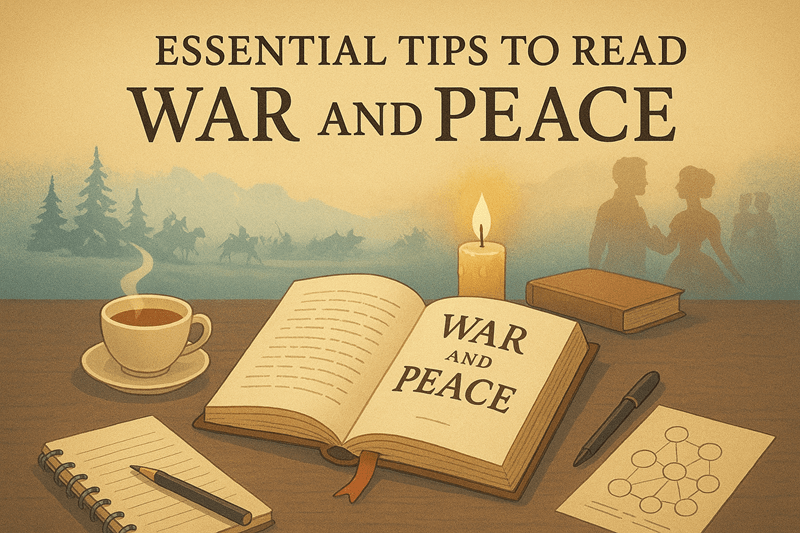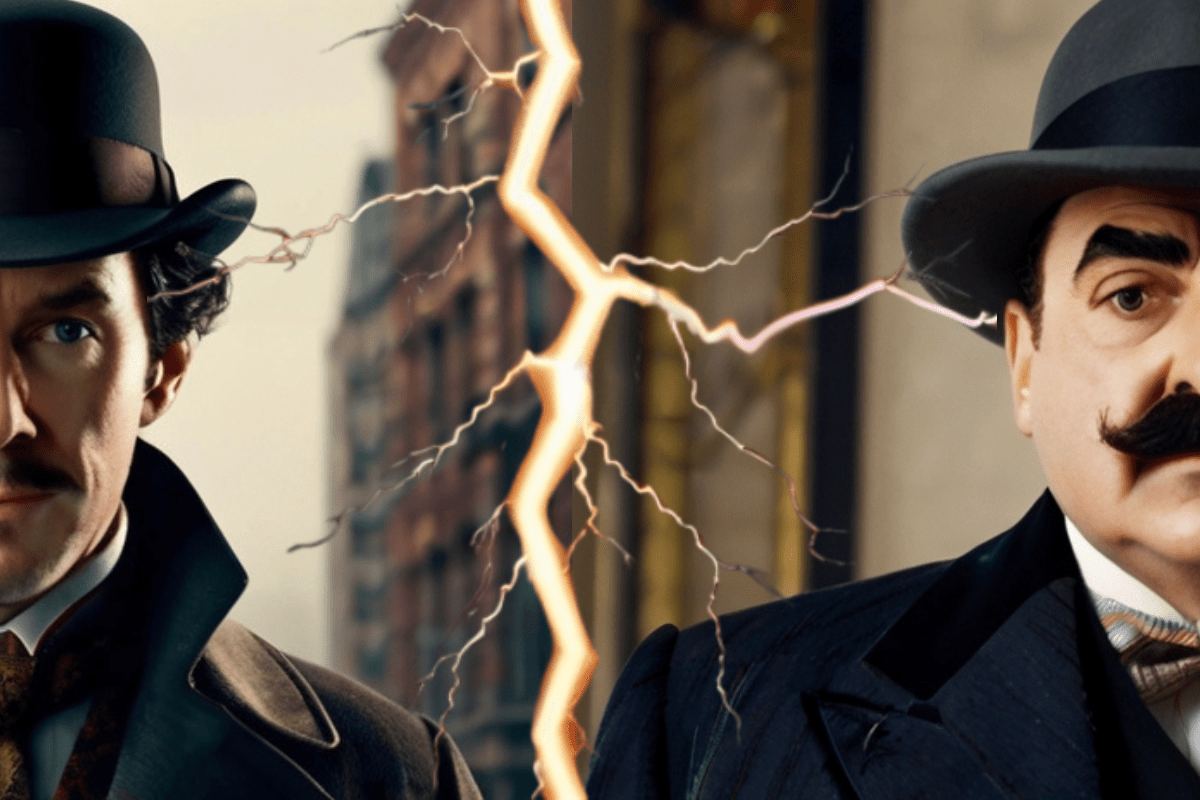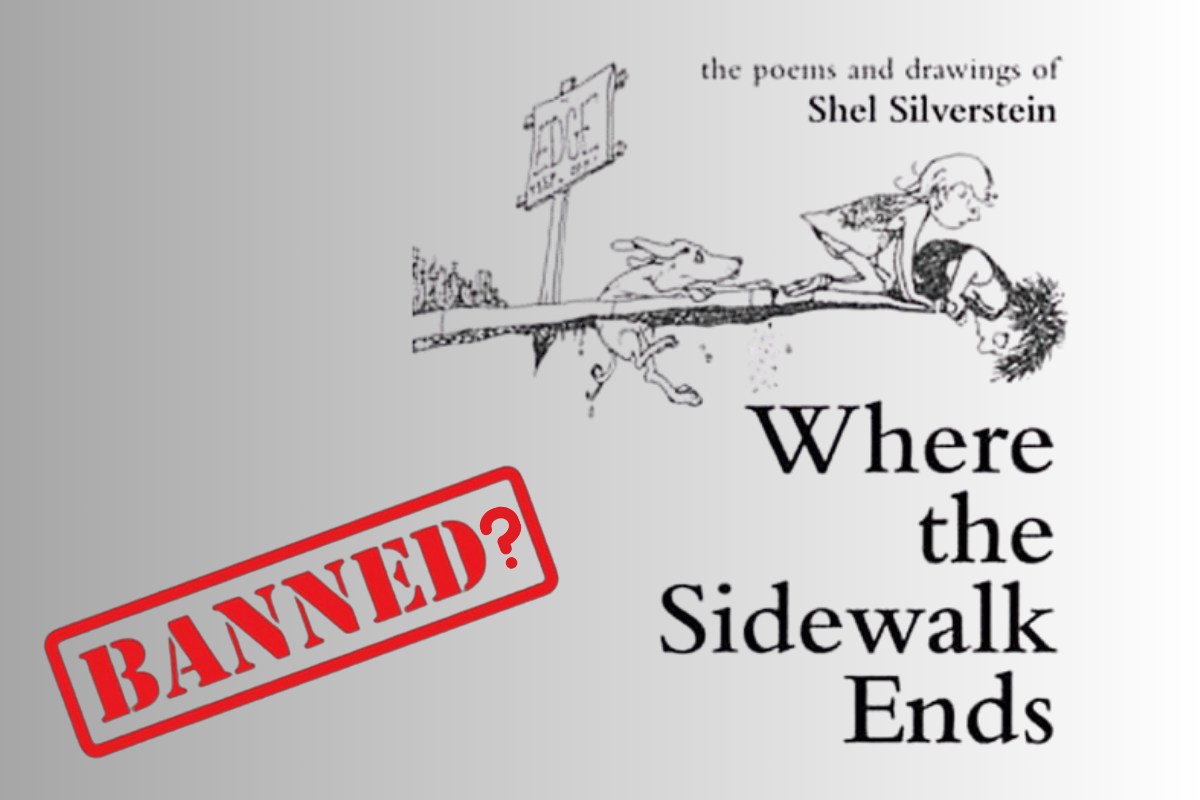Despite the reputation for being long and complex, Leo Tolstoy’s War and Peace is a rewarding and insightful read. The novel weaves together history, war, romance, and philosophical musings in a way that makes it a masterpiece. However, due to its length and the density of its themes, many readers find it daunting. This guide offers practical tips to help you read War and Peace and make the reading experience enjoyable and manageable.

Tips to Read War and Peace
War and Peace is one of the most celebrated novels in world literature. Known for its vast scope, intricate character development, and philosophical depth, it is both a historical epic and a profound exploration of human nature.
1. Understand the Historical and Cultural Context
One of the biggest hurdles in reading War and Peace is understanding its historical setting. The novel is set during the Napoleonic Wars (1805–1812), a period of immense upheaval in Europe, particularly in Russia.
- The novel provides a detailed portrayal of Russian society, including the aristocracy, military, and peasantry.
- Tolstoy masterfully integrates real historical events and figures, such as Napoleon and Tsar Alexander I, with fictional characters.
- Having a basic understanding of the Napoleonic Wars will enrich your reading experience. Consider reading a short summary of this historical period before starting the novel.
2. Choose the Right Translation
Since War and Peace was originally written in Russian, the translation you choose can significantly impact your experience.
- The Pevear & Volokhonsky translation is modern and highly accurate but can be challenging due to its faithfulness to the original text.
- The Maude translation, approved by Tolstoy himself, is considered classic and smooth in its flow.
- Anthony Briggs offers a more contemporary and accessible version.
- Constance Garnett is an older translation that some find elegant but slightly outdated.
Choosing the best translation for your reading style is one of the essential tips to read War and Peace effectively. This will make the book more enjoyable and less daunting.
3. Set Realistic Reading Goals
Given its length (over 1,200 pages), tackling War and Peace in one go may be overwhelming. Instead:
- Break it into smaller sections, such as reading 10–20 pages a day.
- Treat it as a long-term reading project, aiming to finish it in a few months.
- Use chapter summaries to keep track of events, especially if you take breaks between readings.
Setting a structured plan is one of the most effective tips to read War and Peace without feeling overwhelmed.
4. Keep Track of Characters and Plotlines
One of the novel’s challenges is its vast array of characters, many of whom have multiple names and titles.
- Use a character guide or family tree to track relationships.
- Take notes or write short summaries after each section to reinforce your understanding.
- Recognize that the book alternates between personal drama and large-scale historical events, and both are essential to the story.
Staying organized is a key tip for reading War and Peace successfully.
5. Don’t Be Intimidated by the Philosophical Sections
Tolstoy includes several philosophical digressions, particularly on history, free will, and the nature of war. Some readers find these sections challenging or dry.
- If you struggle with these parts, consider reading them at a slower pace.
- Understand that these sections offer insight into Tolstoy’s worldview and enhance the novel’s depth.
- If needed, skim through them on your first read and revisit them later.
6. Engage with the Book Actively
To get the most out of War and Peace, engage with it beyond just reading:
- Annotate key passages and make notes about characters and themes.
- Join a book club or participate in online discussions to gain different perspectives.
- Watch film adaptations or listen to podcasts that provide additional context and analysis.
7. Embrace the Journey, Not Just the Destination
Reading War and Peace is more than just finishing a book—it’s an experience.
- Appreciate the beauty of Tolstoy’s prose, his character insights, and his storytelling.
- Allow yourself to immerse in the novel’s world rather than focusing solely on reaching the end.
- Accept that some sections may be slow, but they all contribute to the novel’s grand vision.
Having patience is a valuable tip for reading War and Peace.
8. Don’t Be Afraid to Take Shortcuts if You Need To
Tolstoy occasionally delves into lengthy digressions, some of which may feel overwhelming. While it’s best to read the novel in its entirety, strategic skimming can help:
- Some of the more detailed military strategy sections can be skimmed if you find them difficult. However, don’t skip the war chapters entirely—Tolstoy uses them to explore key themes.
- For example, the long section on Napoleon’s retreat from Moscow (Book Four, Part Three) is historically significant but can be read more lightly if needed.
- If a particular philosophical digression feels too dense, note its main idea and move on to the narrative.
Frequently Asked Questions (FAQs)
Q1. Is War and Peace difficult to read?
Ans. Yes, due to its length, large cast of characters, and philosophical digressions, but it is manageable with patience.
Q2. What level of reading is War and Peace?
Ans. The level of reading is advanced; it requires strong reading comprehension and historical context awareness.
Q3. Can a beginner read War and Peace?
Ans. Yes, but it may be challenging. A beginner should take it slow, use character guides, and choose an accessible translation.
Q4. How long does it take to read War and Peace?
Ans. On average, 2–3 months with steady reading, though it varies based on pace.
Q5. How to keep track of War and Peace characters?
Ans. You can use a character guide, take notes, or refer to family trees available in some editions. You can also use online resources or tools to create your own notes.
Q6. What is the War and Peace opening or first line?
Ans. The opening or first line of War and Peace is “Well, Prince, so Genoa and Lucca are now just family estates of the Buonapartes.”
Q7. What is War and Peace about?
Ans. It explores the impact of the Napoleonic Wars on Russian society, blending historical events with personal dramas and philosophical reflections on war, fate, and human nature.
Conclusion
Reading War and Peace is a challenge, but it is also one of the most rewarding literary experiences you can have. By understanding its historical context, choosing the right translation, setting realistic reading goals, and actively engaging with the text, you can make the process smoother and more enjoyable.
Remember, it’s not just about finishing the novel—it’s about immersing yourself in Tolstoy’s world and appreciating his insights into history, war, and human nature. Start reading with an open mind, take your time, and enjoy the journey! Follow these tips to read War and Peace and make your reading experience a success!
Recommended: Naturalism in Literature | Characteristics and Authors



